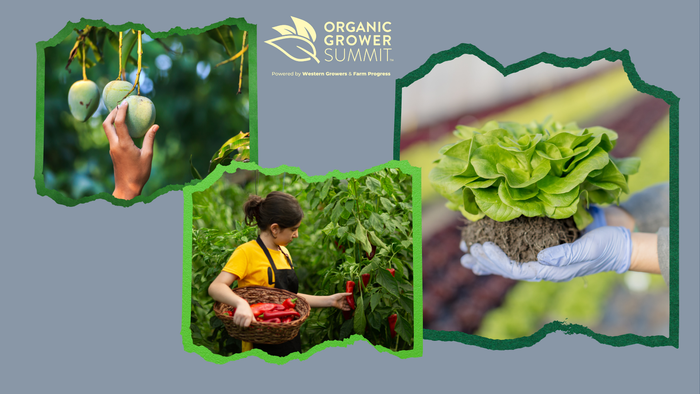Increasingly, fresh food purchases are happening online
Grocery retailers addressing ongoing challenges, study finds.
November 12, 2018

Over the past year, fresh foods have been finding their way into online grocery shoppers’ virtual carts at a booming rate, according to consumer research firm Retail Feedback Group (RFG).
The share of customers buying produce and deli meat/cheese online has jumped 50% from last year, RFG’s 2018 U.S. Online Grocery Shopper Study found. Other fresh categories where consumers have ramped up online purchases include seafood (+46%), meat (+40%), bakery (+36%), and prepared foods and meals (+27%).
Overall, the percentage of shoppers buying groceries online is up 26% from a year ago, the report said. Categories seeing gains included natural/organic, ethnic/international and floral, while the share of customers buying online declined in health and beauty aids, nonfood items, pet food and nutritional supplements online.
“With an ever-increasing number of online grocery shopping options, consumers are clearly responding and purchasing a wide range of items,” Brian Numainville, principal at Lake Success, N.Y.-based RFG, said in a statement. “The willingness to purchase fresh items in higher frequencies than last year illustrates that providers are improving in their ability to overcome objections that historically have been limiters in these areas. While there is still room for growth, this finding provides encouraging news for retailers and others offering online food shopping services."
Of the 760 respondents in RFG’s 2018 study, 78% reported they buy groceries online. Other product segments with a sizable share of online purchasers were HBA (52%), nonfoods (46%), produce (42%), bakery (38%), pet food (38%), meat (35%), dairy (35%), supplements (35%), prepared food and meals (33%), deli meat/cheese (33%), frozen food (32%) and natural/organic (31%).
Nineteen percent of consumers polled said they purchase seafood and ethnic/international items online, compared with 11% for floral and 15% for products serving special dietary needs.
In a close-up look at the meat category, RFG showed some of the challenges in selling fresh food and groceries online. Though the share of grocery customers saying they buy meat online rose from 25% in 2017 to 35% this year, a chunk of shoppers expressed some dissatisfaction with the quality and freshness of the meat they received.
RFG asked consumers to rate the quality and freshness of grocery items purchased online on a scale of 1 to 5 (with a score of 5 being the best). Those who indicated anything lower than a 5 on the statement, "the items I received met my standards for quality and freshness" were asked to name the department(s) where quality fell short. Twenty-six percent cited meat. That compared with 45% for produce, 30% for center store, 26% for dairy, 25% for frozen food, 21% for bakery, 19% for fresh deli, 16% for seafood and 15% for fresh prepared food.
When buying meat online, 81% of shoppers named quality as the most important factor, followed by price (65%), proper handling/refrigeration in delivery (53%), variety (40%) and convenience (35%). The top reasons given by customers for not purchasing meat online were wanting to choose meat themselves (63%), uncertainty about that proper refrigeration during delivery (55%) and insufficient shelf-life date (30%). Also cited were the meat delivered wasn’t as appealing as it looked online (17%), a limited variety available online (13%), higher prices online than in-store (13%) and the inability to get meat cut to personal specifications (12%).
“Retailers need to continue to find ways to overcome these concerns,” RFG said in the report.
In the coming year, 49% of shoppers surveyed plan to buy grocery items more often. Forty-eight percent expect to do so about the same as they do now, while 3% aim to purchase groceries online less often, RFG found.
The chief reasons for buying groceries online were time savings (cited by 67% of respondents), more convenient than shopping in stores (55%), availability of hard-to-find items (34%), lower prices or better deals than in stores (27%) and difficult to get to a store (21%).
"It's no surprise that online grocery shoppers find their experience more efficient and convenient,” stated Doug Madenberg, principal at RFG. “But the fact that online shoppers find the experience both more enjoyable and more pleasantly surprising than an in-store visit should be a wake-up call for all brick-and-mortar retailers."
 This article originally appeared on our sister website, Supermarket News.
This article originally appeared on our sister website, Supermarket News.
About the Author
You May Also Like

.jpg?width=700&auto=webp&quality=80&disable=upscale)
